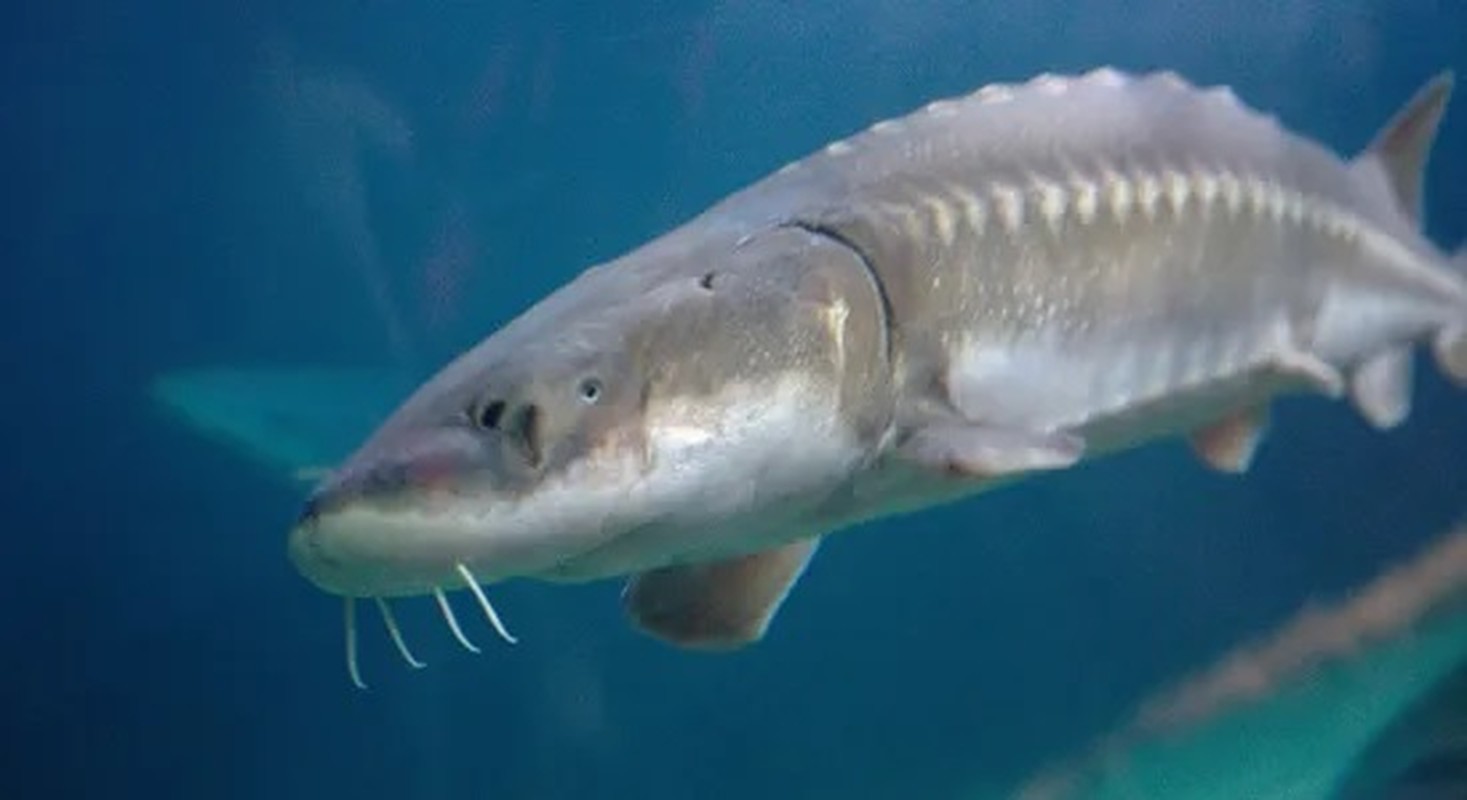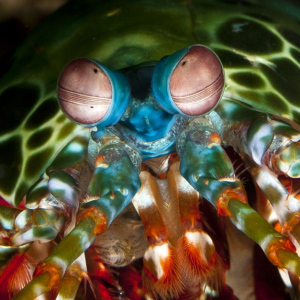Recently, some fishermen and anglers have caught giant white sturgeon – a species of fish known as “living dinosaurs”. Immediately after being caught, the fish, which are believed to have lived for more than 100 years, were tagged to track their movements and then released back into the wild.
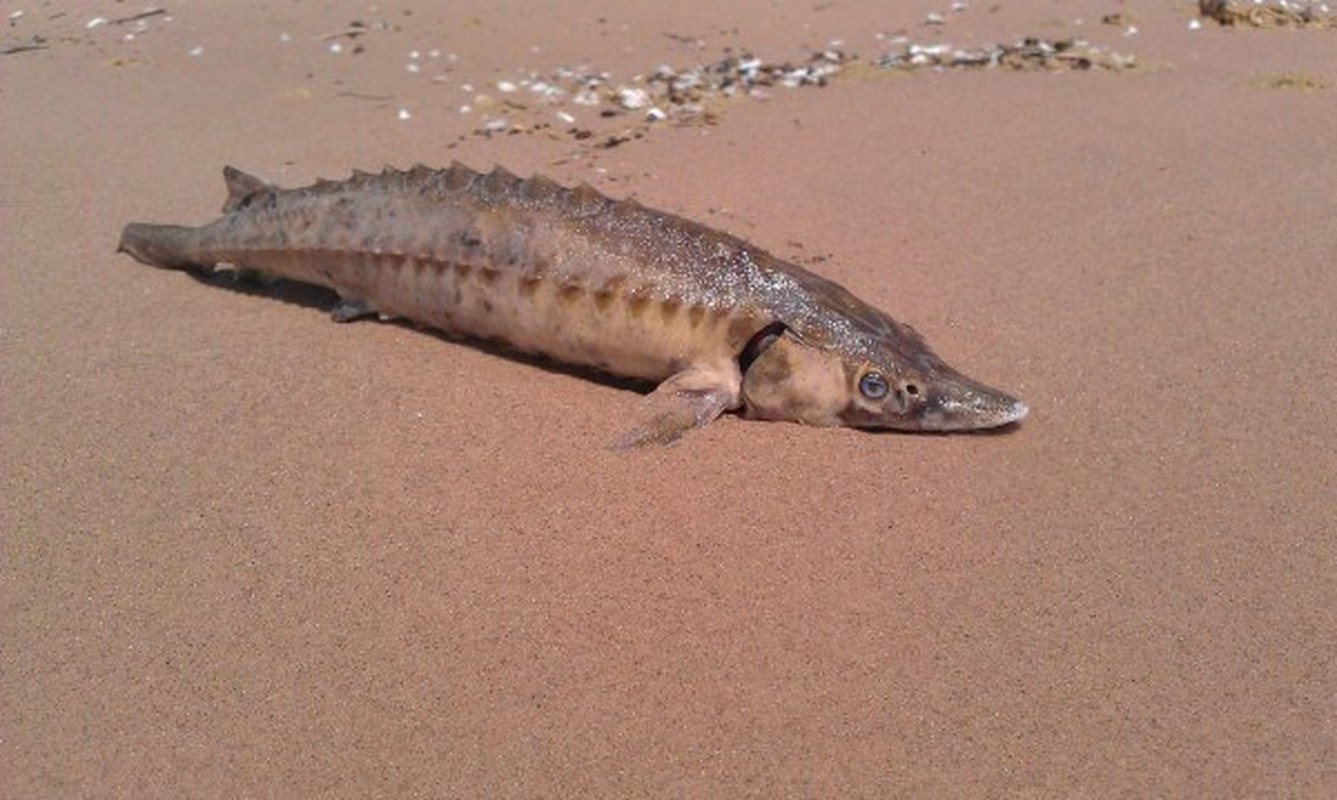
The reason is because the giant white sturgeon (Acipenser transmontanus) is one of the most endangered fish species in the world.
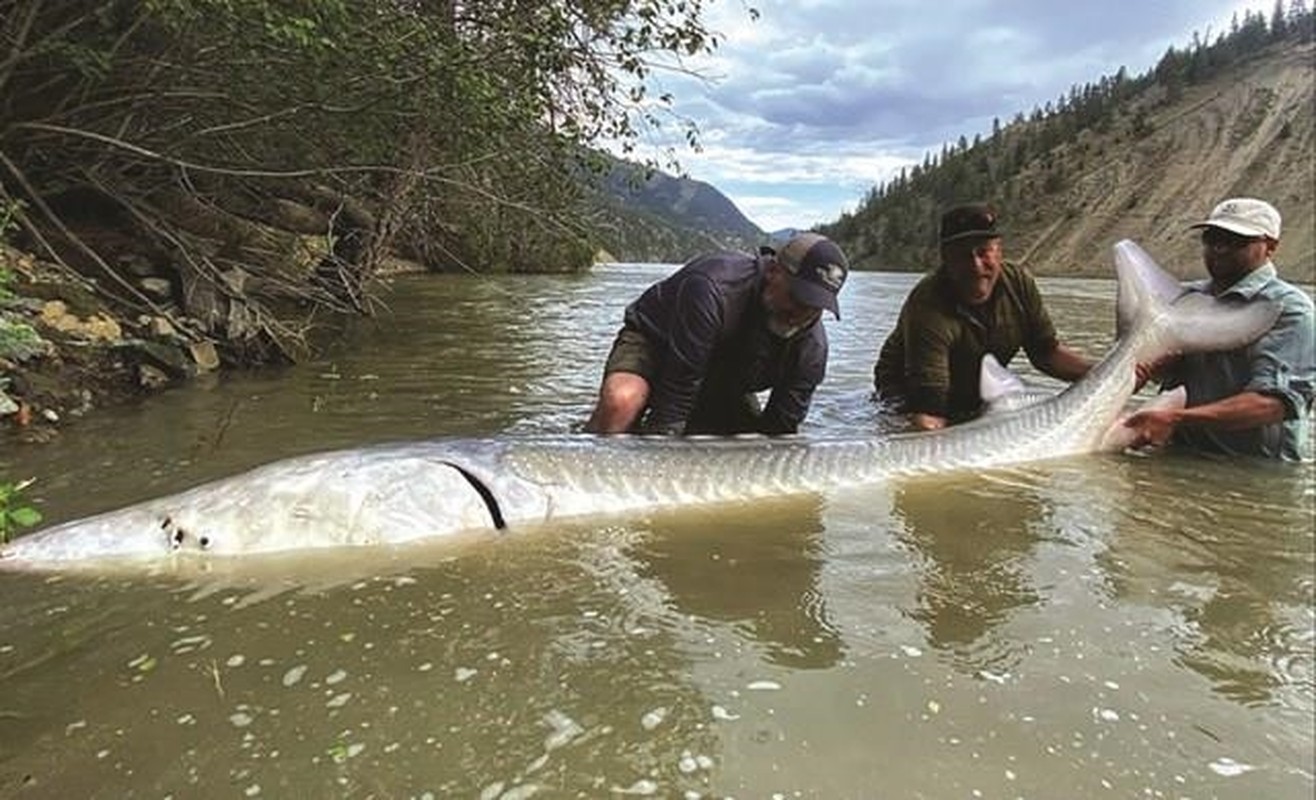
According to experts, white sturgeon are related to paddlefish and are believed to have evolved from a group called palaeonisciformes, which appeared about 419 million years ago at the end of the Silurian period.
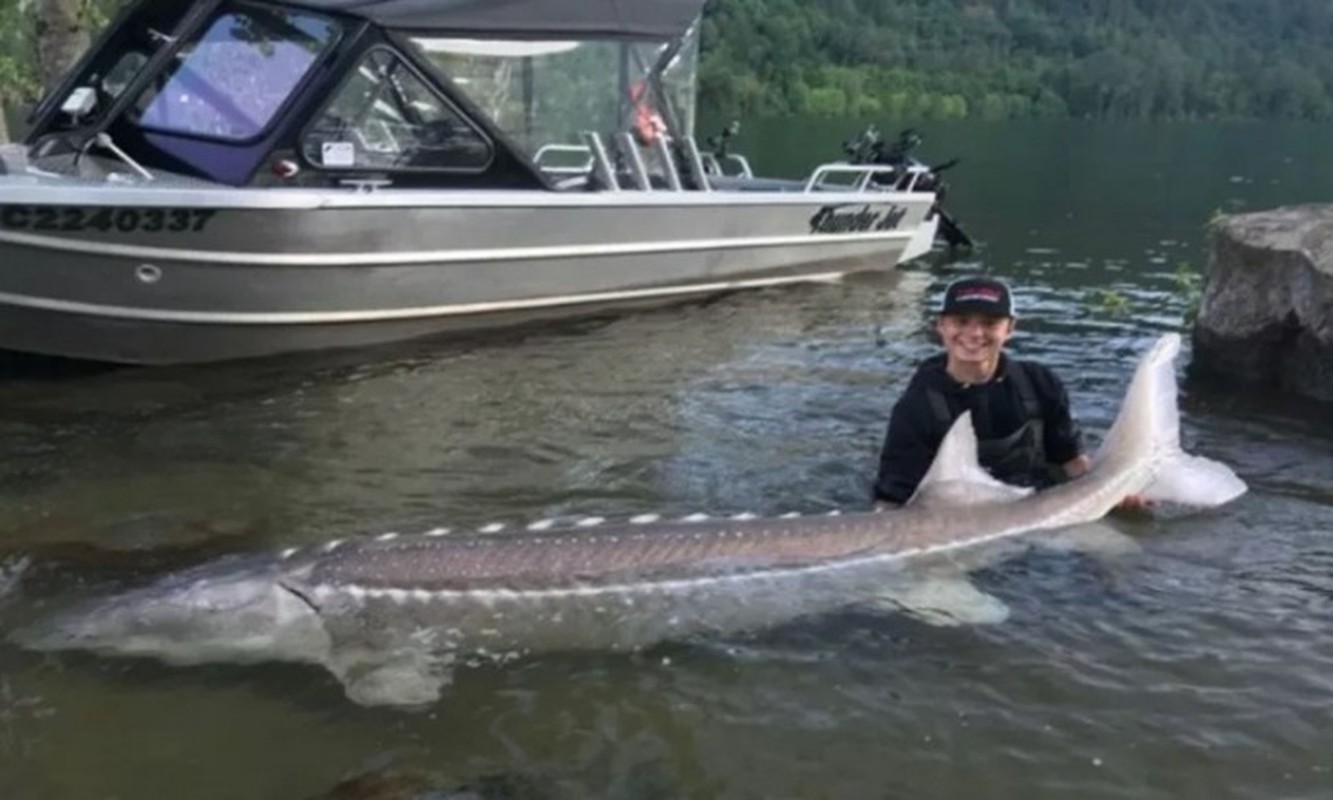
White sturgeon have appeared since the Jurassic period, so they are also known as “living dinosaurs”.
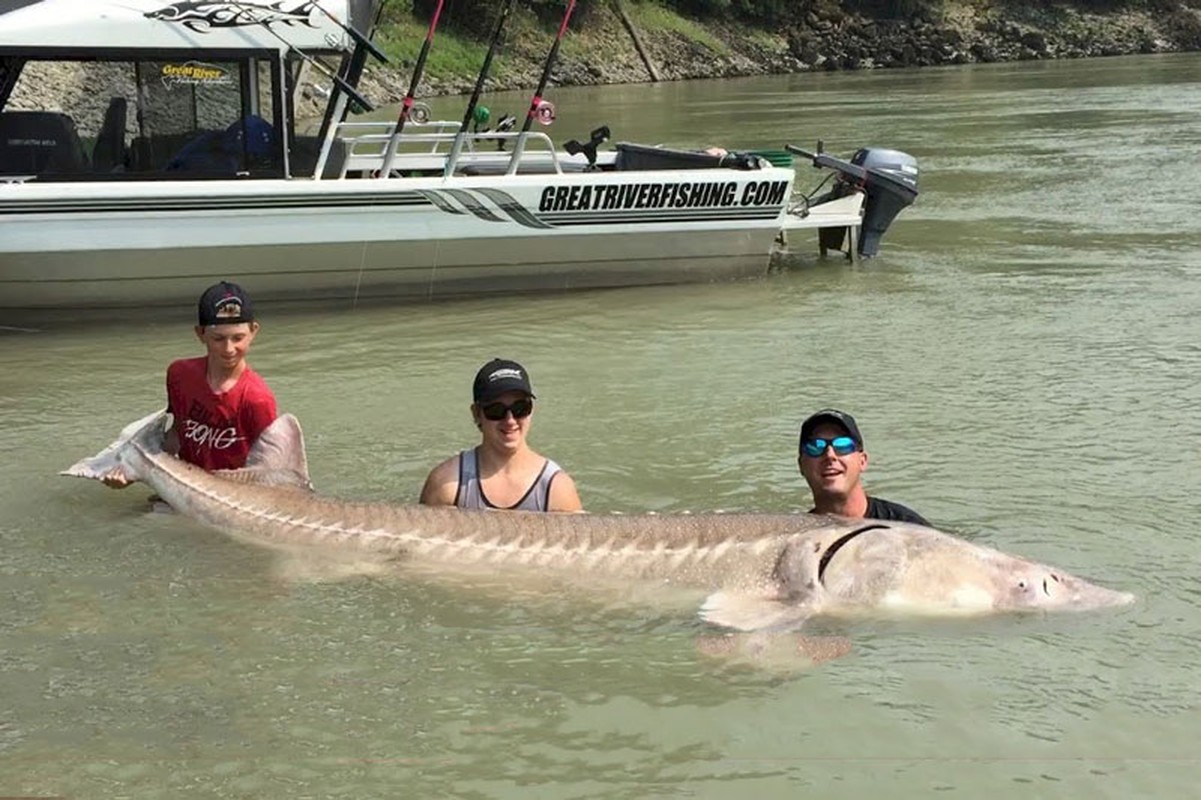
White sturgeon are mainly distributed in the Fraser River. They are considered the largest and longest-lived fish species in North America.

When fully grown, white sturgeon can reach a body length of more than 6m, weigh several hundred kilograms and can live for more than a century.
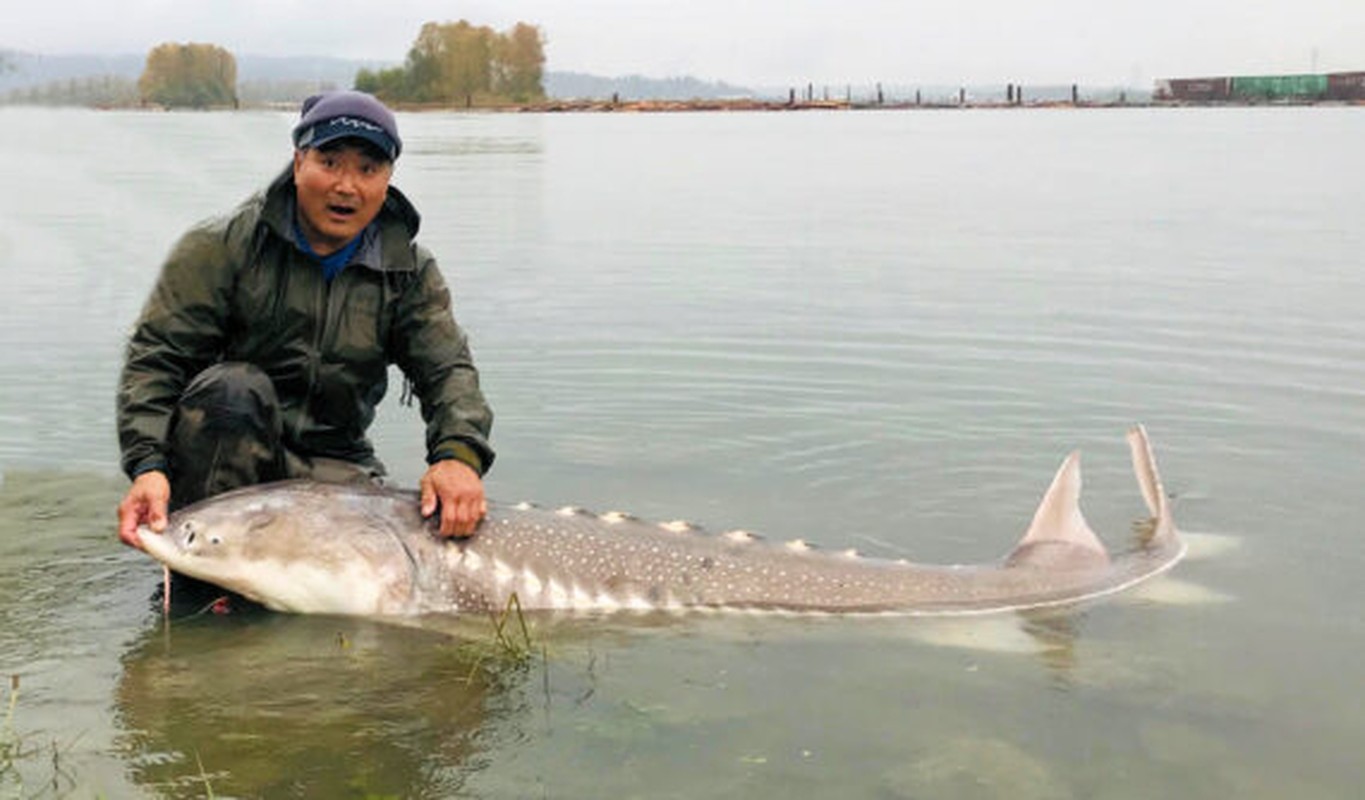
Giant white sturgeon are found mainly in the Fraser River (Canada) and the Sacramento River, California (USA). By tagging giant white sturgeon caught by fishermen, experts hope to monitor the number and health of the species.
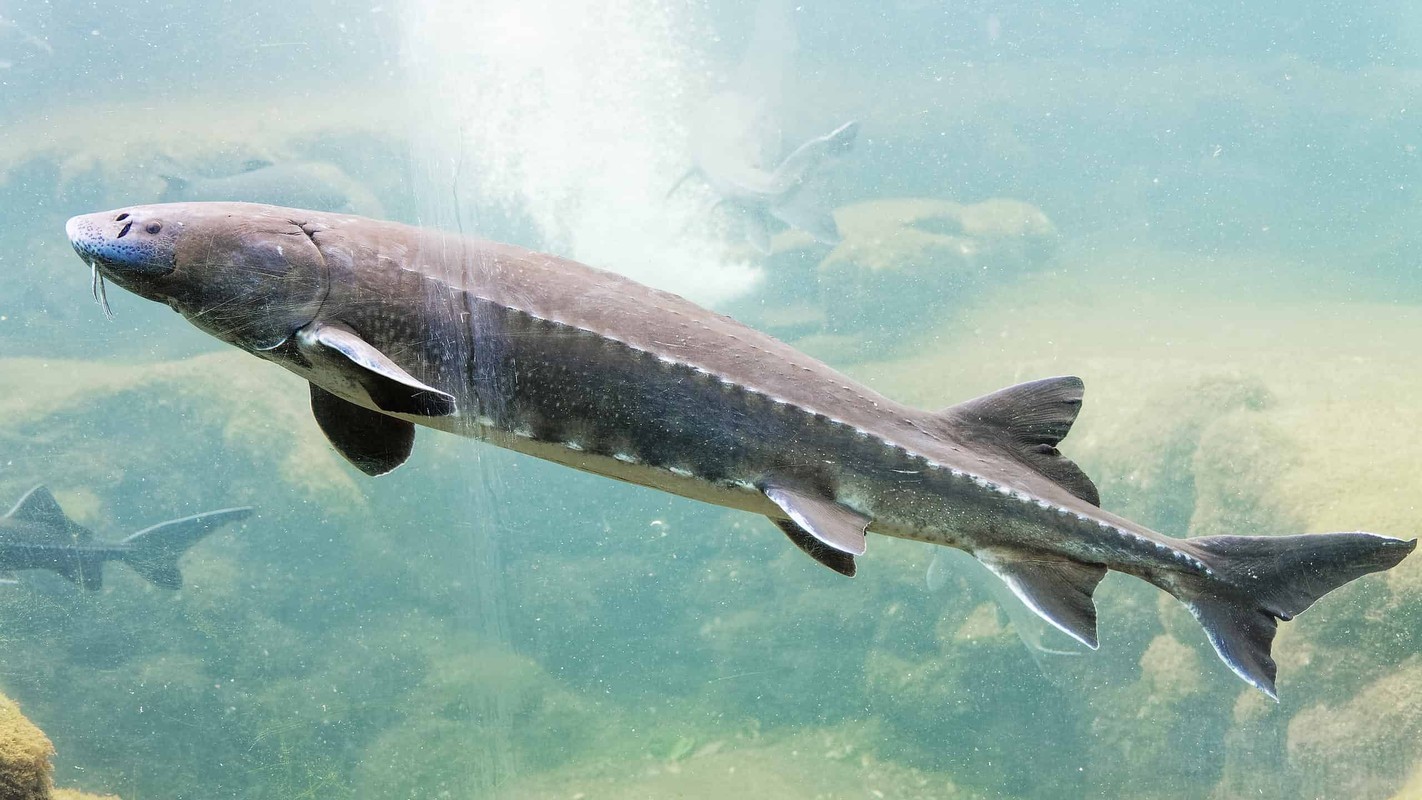
The fish species known as “living dinosaurs” faces many threats such as overfishing, habitat loss, illegal caviar trade… These things put the white sturgeon at high risk of extinction.
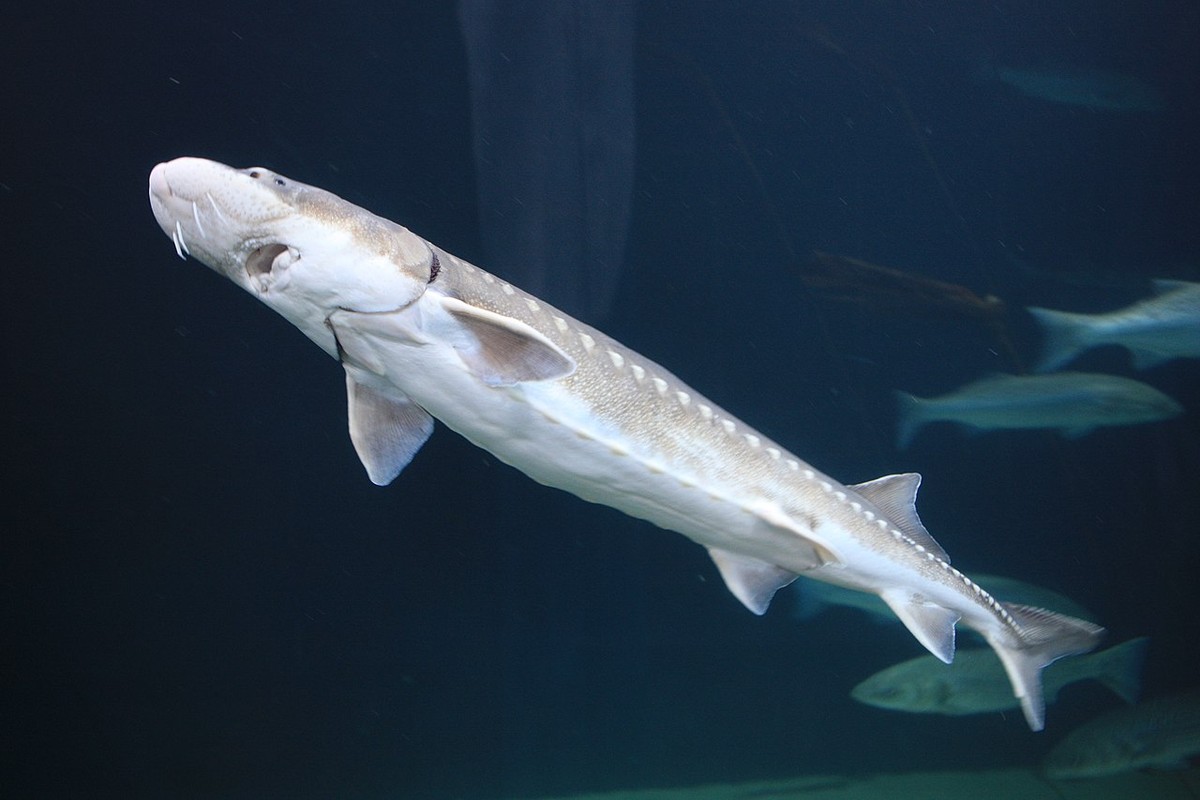
Therefore, authorities and wildlife organizations have been making efforts to rescue and revive the rare giant white sturgeon.
